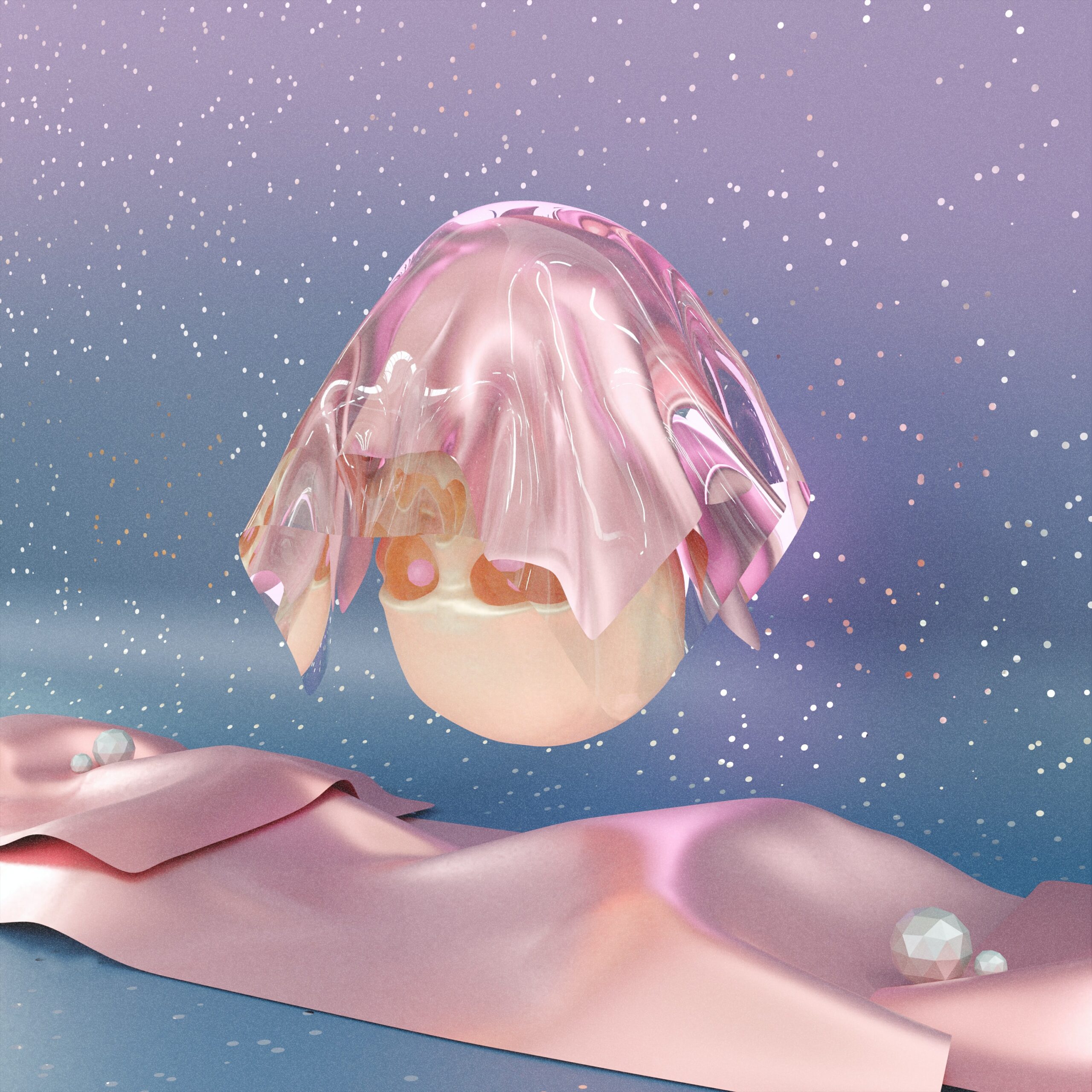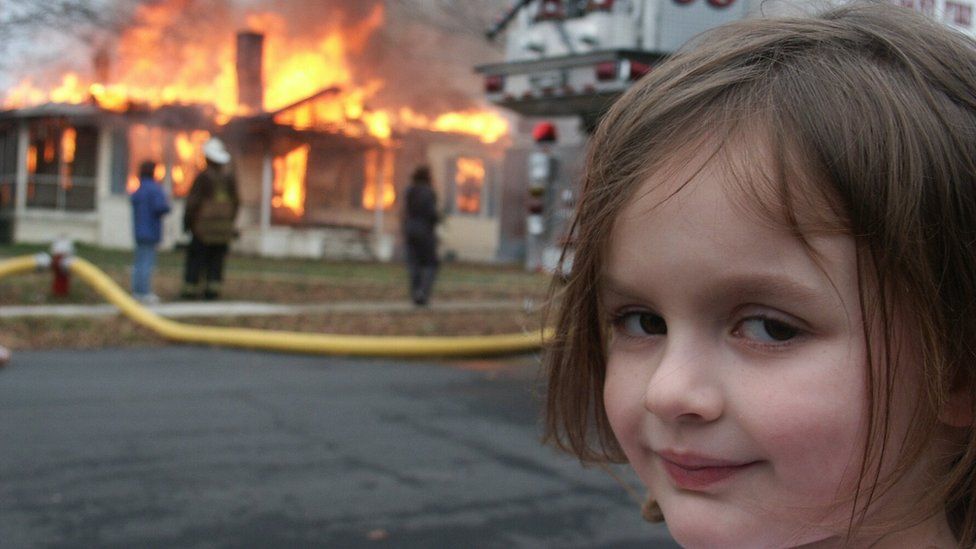Ever wondered how people started making a living out of creating digital art? With the fast rising of digital art and NFTs (Non-Fungible Token), individuals have made it possible to make a name for themselves in the creative world. You might have heard of digital art and NFTs, but how did it actually become a thing? I'll introduce you to digital art and NFTs, as well as how they've revolutionized the creative world. Maybe you’ll want to dive into digital art and start selling your work, why not?
The Rise of Digital Art
The art that can be made through digital technology. It all started in 1940 when computers were brought to the scene, but it wasn’t until 1967 when the first ever digital art piece was made. ‘Computer Nude’ made by Leon Harmon and Ken Knowlton. Harmon and Knowlton reimagined a nude photo of a dancer through pixels. Starting as a joke, Harmon and Knowlton put the artwork in a colleague’s office. It wasn’t until an event, which focused on the mixture of technology and art, for Harmon and Knowlton to receive exposure. Computer Nude was featured in the New York Times and inspired many other creatives to start working on digital art. When one thinks of digital art, they might gravitate towards the thought of photography, music, and digital paintings, but digital art has much more to offer. Here are some style examples to broaden your view:
Pixel art: Those tiny particles that we call pixels perform greatly with NFTs and have been used a tremendous number of times in art since the 90’s.

3D renders: Whether it is a 3D fantasy character or a 3D sculpture, this type of digital art lets creatives design anything they put their mind to. Another style that falls under rendering is CGI (Computer Generated Imagery). These are the special effects we’ve all seen in movies made through computer graphics. These usually come in the form of a GIF in NFTs.

Glitch art: Basically a visual form of art used for its visual elements. Ever owned a bad computer that would glitch out and view nothing but distortion? That’s glitch art for you.

Memes: Those humorous pictures that are usually accompanied by text. They are practically unavoidable when you’re surfing the web. For instance, Zoë Roth who’s 21 now, decided to sell her iconic viral ‘disaster-girl’ meme as an NFT.

Yes. Believe it or not, some individuals view memes as a form of art. Though, art in general has a broad meaning of just simply expressing yourself so memes can fall in that category as well. But art has always been kind of odd, hasn’t it?
How NFTs Work
NFT is basically a digital object up for auction. NFTs can be bid on with mainly Ethereum, which is a digital currency (think of Bitcoin). However, NFTs aren’t up for direct exchange with one another. To put it simply, think of NFTs as non-exchangeable digital products. Once it’s yours, it will remain yours. In 2014, Kevin Mccoy put up the first NFT ever named ‘Quantum’. The artwork was a gif that consisted of a circular shape with a strobe light effect. It was up till this year when Mccoy sold Quantum for $1.4 million. If you thought that was much, brace yourself. The highest selling NFT belongs to Beeple, actual name Mike Winkelmann. His artwork ‘Everydays: The First 5000 Days’ is a digital collage of multiple artworks he made over the years and was sold for a whopping amount of $69.3 million.
See Beeple's reaction to selling his art in this short video.
So, what makes NFTs so special? To some it’s the fact that you hold ownership to the data and some just enjoy collecting. Digital art can be much harder to create than regular art as it takes a good amount of time and dedication to master the programs. However, anything can be accomplished when you put your mind to it. Want to get started? Try pixel art for instance, or download Blender for free and learn how to make 3D graphics. There are an immense amount of tutorials on YouTube. Already creating digital art? Try and get into NFTs. Maybe you’ll become the next Picasso of NFTs, who knows?
Follow Blender Guru's free sets of lessons on YouTube, in which you'll be directed to create a 3D donut in Blender, a terrific first exercise that’s completely for free!

